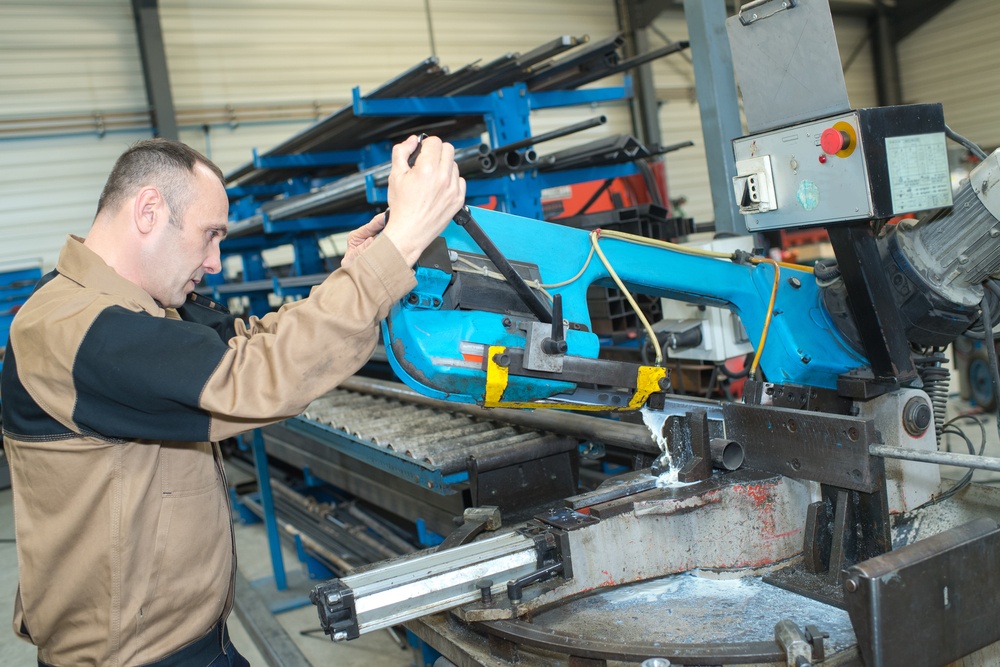We don't have to tell you that the cost of poorly followed safety requirements are incredibly high. You already know that in addition to the hard costs of accidents, such as downtime, higher insurance premiums and employee replacement, your business will also experience soft costs such as loss of morale. One of the best ways to reduce safety incidents is through efficient, engaging onboarding. That's a challenge with your full-time, regular employees, to be sure. But it's an even bigger challenge if your facility uses contractors or temp workers.

How can you begin to get contractors on board with your safety requirements so that you experience fewer incidents and keep your warehouse running at max efficiency?
4 Safety Onboarding Best Practices to use for Training Contractors
There are a number of ways you can effectively onboard temporary workers to your safety policies without sacrificing quality or results. Perhaps the most important is to create a workplace that fosters safety at all times.
1. Build it into the culture
It’s much easier to teach somebody when the environment is teaching them, too. If the full-time, regular staff is modeling those safe behaviors, your contractors are more likely to follow suit. If your regular folks live it and breathe it, that’s really the most effective way to get your temps on board. In fact, your regular staff members probably won’t tolerate people that are unsafe, and they'll encourage action if they see negative behaviors.
Additionally, the building itself should model safe behavior. Do you have all of the right damage prevention products in place? Are aisles clean and clear for employees? Are employees separated from machinery with the proper markers? If you allow both the building and your employees to speak to the culture in their everyday actions, teaching temp workers will become much easier.
2. Assign champions to the cause
Every warehouse priority requires champions. Whether they're advocating for safety or employee happiness, a champion within each department can help guide everyone else. In the case of contractors and temp workers, having a champion of safety on the floor with them at all times will help them remain accountable and give them clarity on the roles they play in maintaining safety.
Additionally, because working with contractors regularly may introduce multilingual operations to your warehouse, consider asking for a volunteer champion to engage those employees that may not speak the same language. If there's an opportunity to have a French-speaking safety champion and an English-speaking one, take that opportunity.
3. Define and deliver critical SOPs
It can be next to impossible to disseminate every single one of your SOPs to every single one of your contractors in a timely and effective fashion. You might have over 400 different SOPs — that's a lot! That's why you have to get down to the crux of safe, healthy operations, and choose which SOPs are your most critical. Safety and employee relationships are the top two. You also may need to choose critical SOPs for certain tasks, such as machine operation. We believe you could limit it to around eight critical SOPs: state and federal regulation review, safety, employee relationships, and four SOPs for the responsibilities of the actual role itself.
4. Adapt your recognition processes
The celebration of long-term safety is a key way to encourage safety — but only works for employees who have been there since the "last incident 108 days ago." For short-term employees, you have to find a way to translate the impact. You could have a secondary board that speaks to short-term safety goals or to department-specific goals. Because rewarding behavior can be a drawn-out process, you have to work extra hard to reward short-term employees quickly for little wins. Be sure to create some sort of recognition program for your contractors to keep them invested during their time on the floor.
Building the Safest Warehouse
Ultimately, safety onboarding for contractors and temp workers will always be a challenge. They're entering a new space with new rules and new procedures, and have to get up to speed fast. Be aware of this in your onboarding process: prioritize clearly, bring in your champions, and work every day to build safety into your company and warehouse culture.




